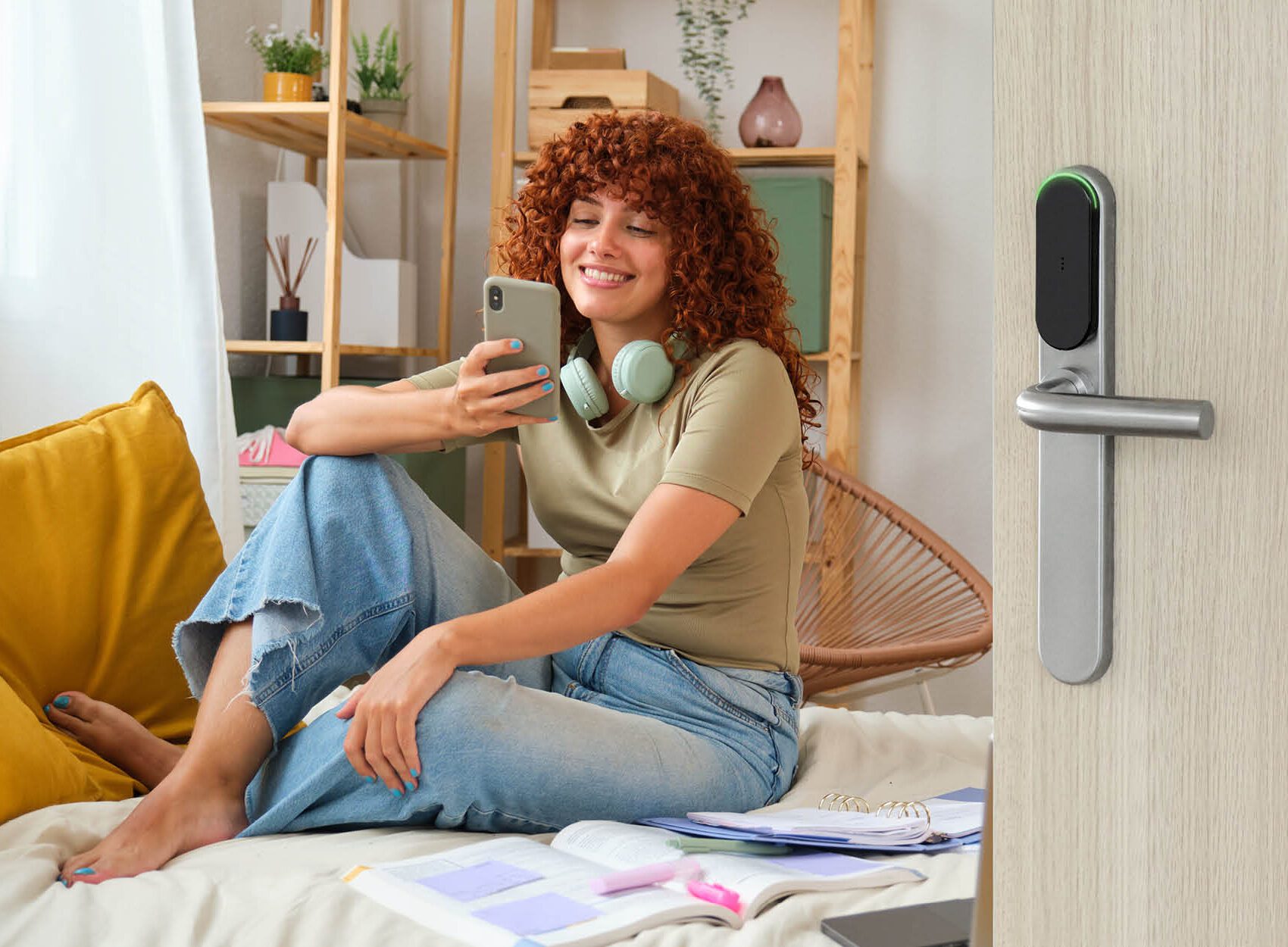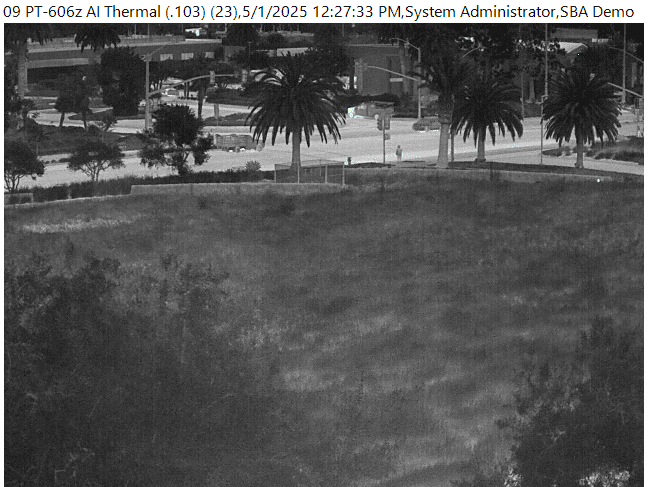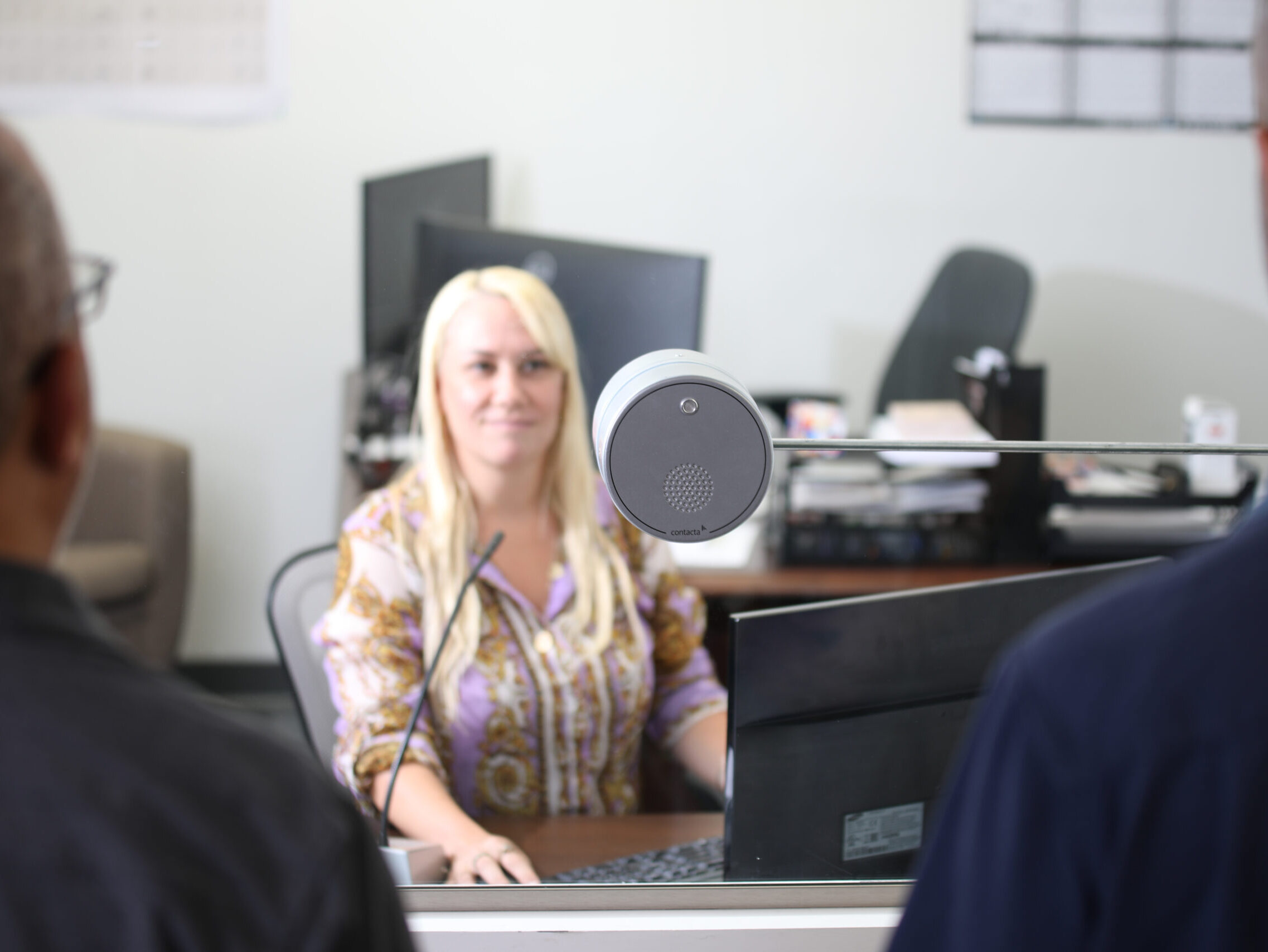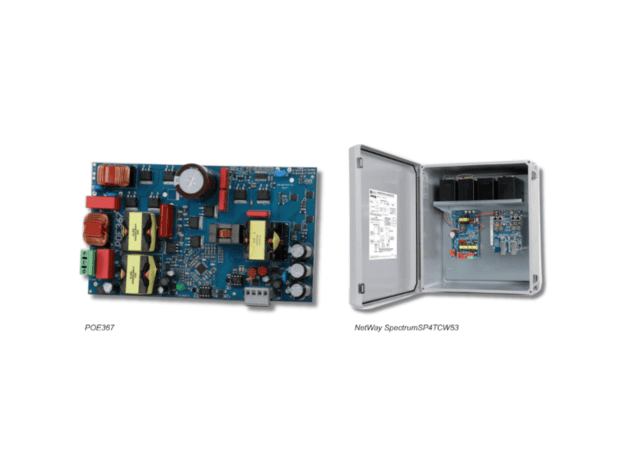
The revolution in access control will be wireless, according to ASSA ABLOY’s Chris Bone. In fact, it’s already happening.
Q: Before we start, Chris, perhaps you can tell us a little about your career in access control?
Chris Bone: I guess, an “industry veteran” is how you would describe me. I spent most of the 1980s in the Australian Army. I then joined Honeywell, and worked for them for 20 years. Over those 2 decades, I worked in almost every area of the industry but primarily in access control, from installation and tech support to product management and marketing, culminating in the project to secure the London 2012 Olympics. The experience has given me a very good overview of the industry. I have now brought my knowledge to ASSA ABLOY to apply to several access control product lines, but especially our wireless products like Aperio® and SMARTair™.
Q: You mention wireless product lines, and it seems that electronic access control is gradually moving down the customer chain from large corporates to smaller businesses and beyond. Will wireless security penetrate all the way to the household level?
CB: It is already going on. Personally, I don’t understand why we still use keys. I don’t use a key in my own home. I have a Yale digital lock and a fob. My kids use a PIN to get in. Mechanical keys are our comfort zone, obviously, and digital locks are still a little expensive for the mass market user, but ASSA ABLOY is rapidly addressing that. Early adopters are there already. We sell thousands of residential digital locks every month in Scandinavia.
Q: Apart from this “democratization” of wireless locks, what will the access control landscape look like in 5 years?
CB: Even the commercial market is still relatively untapped when it comes to access control. Maybe only 5 per cent of doors are integrated. And yet, I have still to meet a security manager who likes having to manage mechanical keys, which is why we have projects under way that cover thousands of doors, in properties which are trying to go completely keyless. This will be mainstream in less than 5 years, especially for new builds. Student accommodation is already there. And what’s driving this? Wireless products.
Q: So, this is why ASSA ABLOY is increasingly focused on wireless products?
CB: The key advantage is that wireless access products allow you to get further into a building, with more locks. We have the SMARTair™ product line for standalone, smaller projects, and Aperio, which integrates with other security technologies installed, such as CCTV or an energy management system. Customer security and the user experience are both improved. University campuses are mainstream for us and our competitors. We are involved in projects in Africa, securing mining and petrochemicals sites. Hospitals, arenas, and so on. Anywhere that has lots of keys to manage… this is the solution.

CB: The key is to make it all as simple as possible for the OEM. We have developed the ASSA ABLOY Device Protocol, with a simple SDK that allows Aperio® to talk to other installed security products. Our standard messaging helps OEMs integrate Aperio into their product ecosystems just like any other component. The customer only sees one system, and gets one holistic system view.
Q: You mention OEMs. What, for you and ASSA ABLOY, is the key to a successful partnership?
CB: Absolutely the most important thing is loyalty. We have no direct market offering with Aperio. We support OEMs and their customers, not try to bypass them. It is a partnership in true terms. We do have a wireless access product aimed at direct sales, SMARTair™. But it is a different channel altogether, for small-scale, standalone projects. With Aperio it is all about interoperability with other OEM systems and larger scale access control projects.
Q: So, can you give us a sneek peek of what is coming later in 2014 from Aperio®?
CB: The year is looking busy! We are updating the current range with a new generation of electronics, incorporating the latest technology developments. We are launching an extension to our mechanical range, to allow more than just doors to run wireless locks—cabinets and server racks, for example. We will be embedding Aperio® into more hardware, and announcing more partnerships with major OEMs. We will also support more RFID technologies, including iCLASS SE from HID.
Q: You don’t mention the cloud there. To what extent will the future of access control be tied into cloud technology?
CB: There is certainly a lot of “noise” about the cloud at the moment, and ASSA ABLOY is taking a long-term view. The cloud really breaks down into two approaches: cloud-based access control, where the access system lies entirely in the cloud, versus cloud-based management of an access control system. I look at it from a user experience point of view. It used to take a couple of seconds for an access control decision at a door. Now, it’s around half a second between presenting the credential and an access decision. If totally cloud-based access control stretches the access decision back to 2 seconds, that takes the user back 20 years. On the other hand, cloud-based management is already here: sitting here, in the UK, I can remotely unlock the door on our office in Spain, from my smartphone. Access control will move into the cloud when the time is right. But it has to be about the user at the door. And not just their experience, but their privacy and security, too.
Q: Finally, and also looking forward: the price of energy never seems to be out of the news. What, if anything, are likely to be the effects of increasing energy prices on the access control market?
CB: I mentioned earlier that I was no fan of keys. Well, I hate magnetic locks. They are seen as a low cost option, but they are really a false economy, because they are ugly when you look at their energy use. Over a year, they consume more than wireless locks by a factor of ten. Then there are the shipping costs—these things are heavy—and the metal content is very high. As energy prices increase, it only adds to the value of a move to wireless locks.






















